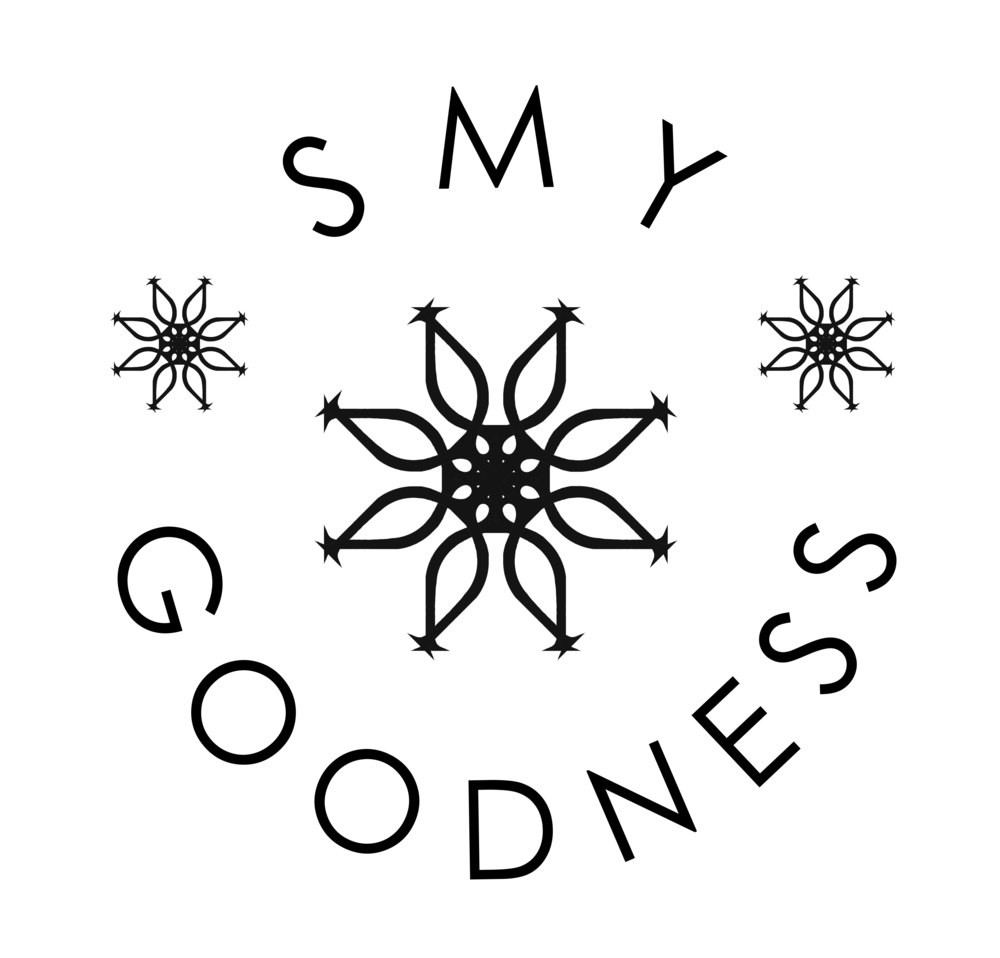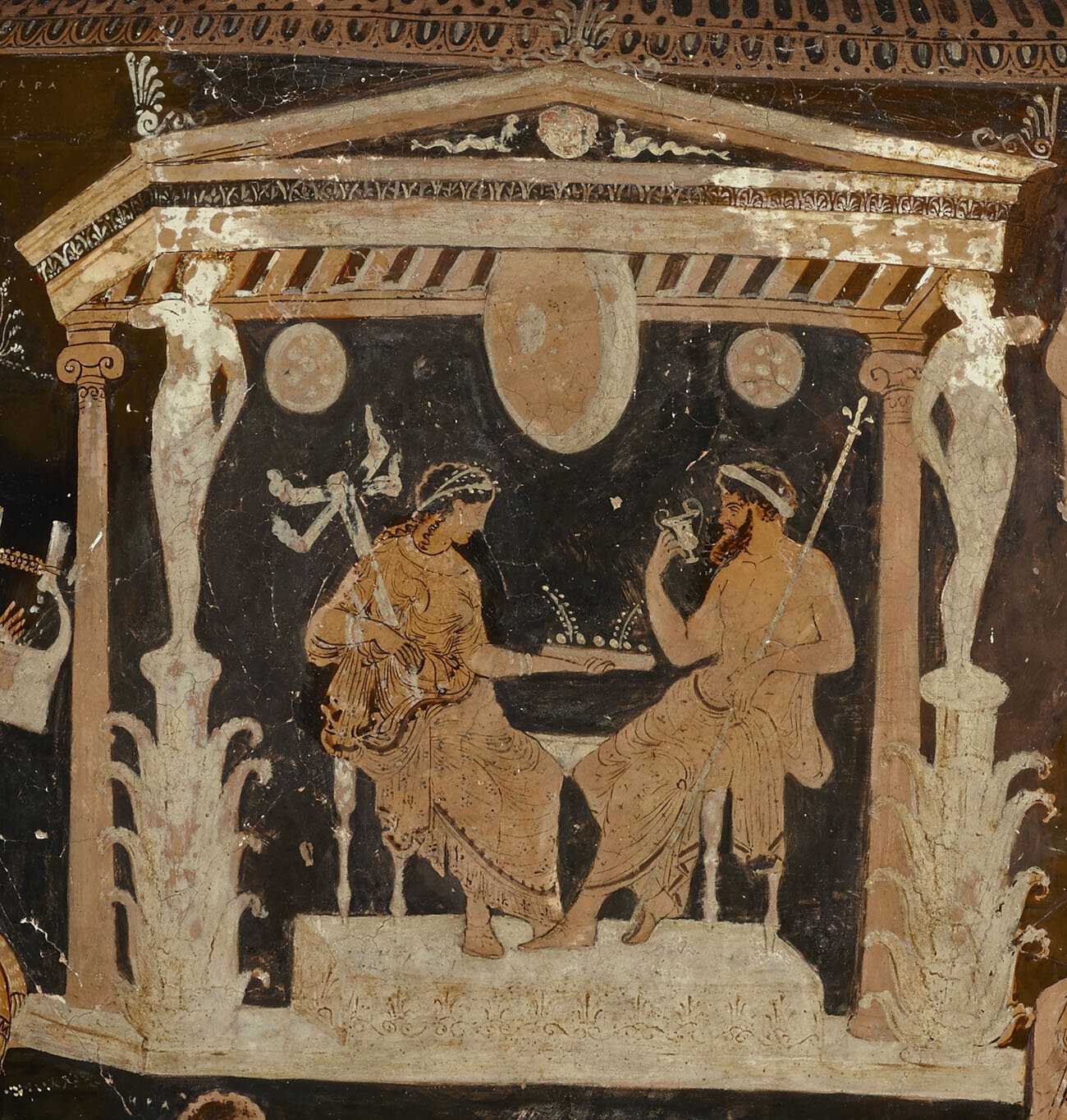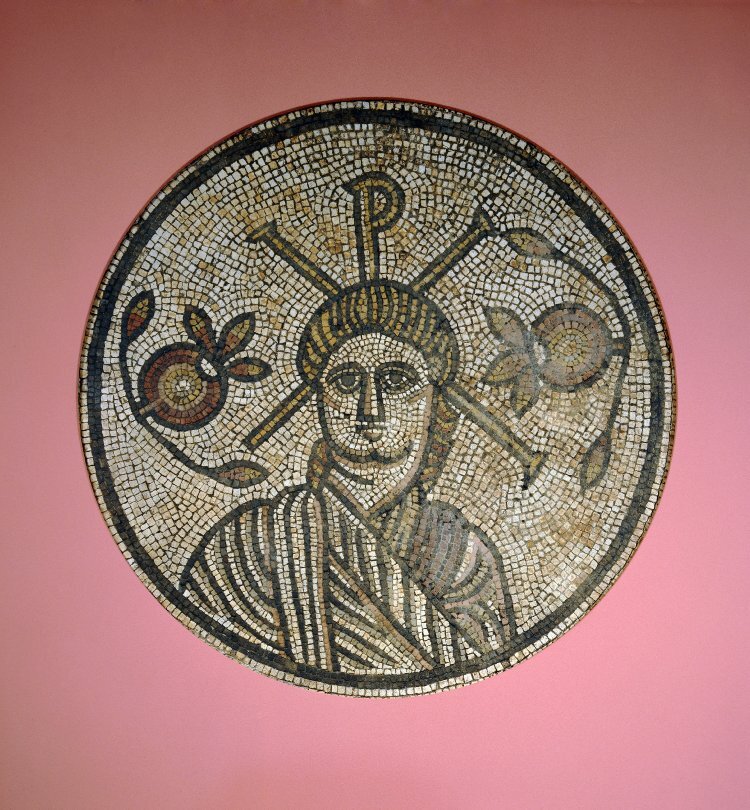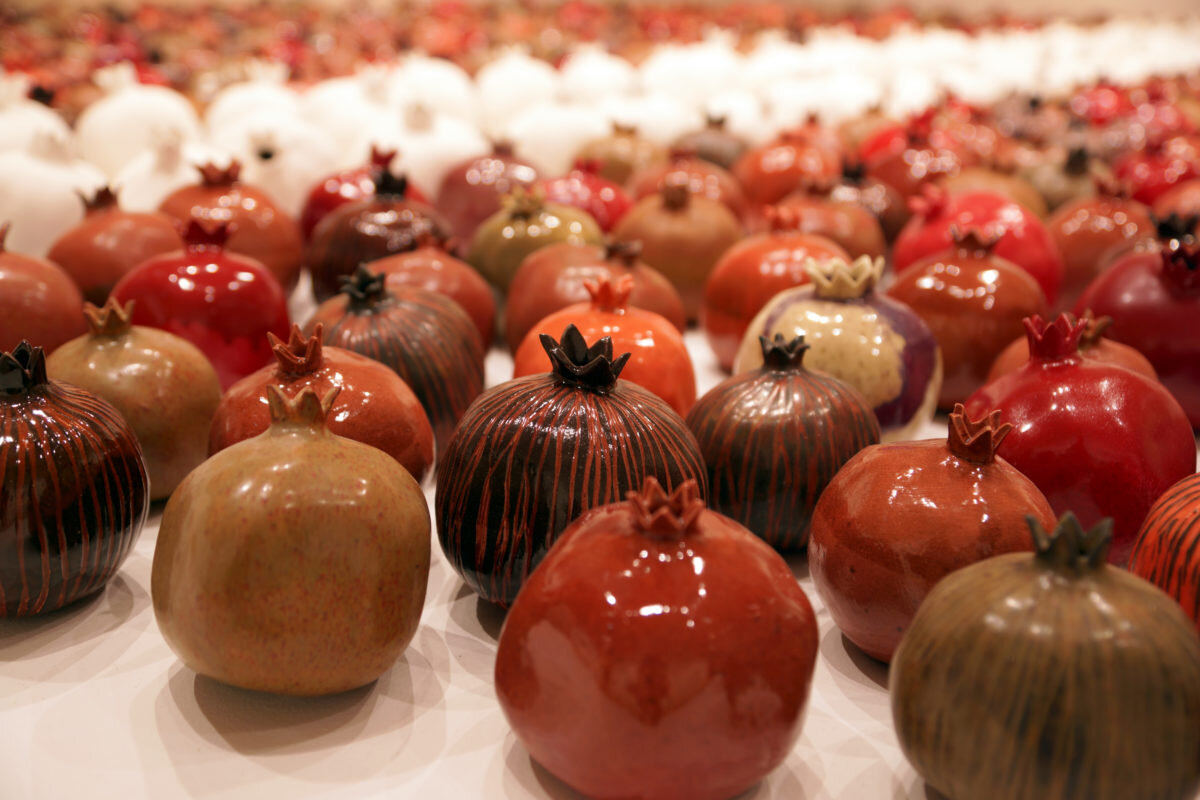Freelance Journalist and Writer Sophie Jean-Louis Constantine
(IG: sophiejlc_ TW: sophiejlc_)
In this episode I chat with Freelance Writer and Journalist Sophie Jean-Louis Constantine about her novel, writing process and food memories. We covered all sorts of topics - from Persephone to process, koliva to kites and ratatouille to reviews! As Sophie mentions, the influence of pomegranates are akin to tentacles that have spread out across the world since our earliest times. You can find out loads more pomegranate food history and food art stories by listening to Smy Goodness Podcast Ep31 - Pomegranate - Superfood, Seeds, Symbolism and Stories.
Sophie’s articles from Phoenix Magazine and Elle:
Persephone & Hades
Koliva
Koliva has roots in kollyba, a Greek word that comes from the Classical greek word kollybos which means a small coin or a small gold weight. In the Hellenistic kollyba starts to mean small pies made of boiled wheat kernels. While recipes may vary widely, the primary ingredient is wheat kernels which have been boiled until they are soft, they are drained very well and spread on a cloth to be just moist, and then sweetened with honey or sugar. Koliva can contain wheat, sesame seeds, almonds, ground walnuts, cinnamon, sugar, pomegranate seeds, raisins, anise and parsley. In terms of the Greek Pantheon, the wheat symbolized the earth goddess Demeter, while pomegranates stood for her daughter, Persephone, queen of the underworld. Almonds were sacred to Aphrodite and raisins to Dionysus. Sesame seeds were considered to open the doors of consciousness.
Detail from The Hinton St Mary Mosaic depicting a human bust with a chi-rho monogram behind the head which is flanked by pomegranate, early 4th century found in a Roman villa in Dorset, acquired byt the British Museum in 1965 (Via: British Museum)
A Still life of a Porcelain Bowl of Grapes on a Stone Ledge with a Medlar, Quinces, a Pomegranate and a Wasp. 1610, Fede Galizia (1578 - 1630),
Still life with a gilt goblet, a pomegranate and Wan Li dishes with fruit, nuts and sweets, waarschijnlijk ,1612. Clara Peeters (Via: wikiart)
Open Pomegranate in a Dish, with Grasshopper, Snail and Two Chestnuts, c. 1652 by Giovanna Garzoni (1600–1670) (Via: Biblioklept)
Self-portrait, painted sometime before 1670 by Giovanna Garzoni (1600–1670) (Via: Wikimedia)
Dante Gabriel Rossetti Proserpine
The odor of pomegranates, Zaida Ben Yusuf [ca. 1900]
(Via: Library of Congress)
This is not a pomegranate, Katayoun Amjadi, 2015, (Via: Katayoun.com)
This is not a pomegranate, Katayoun Amjadi, 2015, (Via: Katayoun.com)
Dries Van Noten S/S 2005 - Dinner table catwalk in celebration of the designer’s 50th runway show. (Images - Vogue)
This is not a pomegranate, Katayoun Amjadi, 2015, (Via: Katayoun.com)
Sergei Parajanov, The Colour of Pomegranates.
Photograph: © Second Sight Films











![The odor of pomegranates, Zaida Ben Yusuf [ca. 1900] (Via: Library of Congress)](https://images.squarespace-cdn.com/content/v1/54fec634e4b0c905aa50b766/1572217619779-SJ9HHGZHL2OCGMIRA2F9/lg_newwoman01.jpg)



